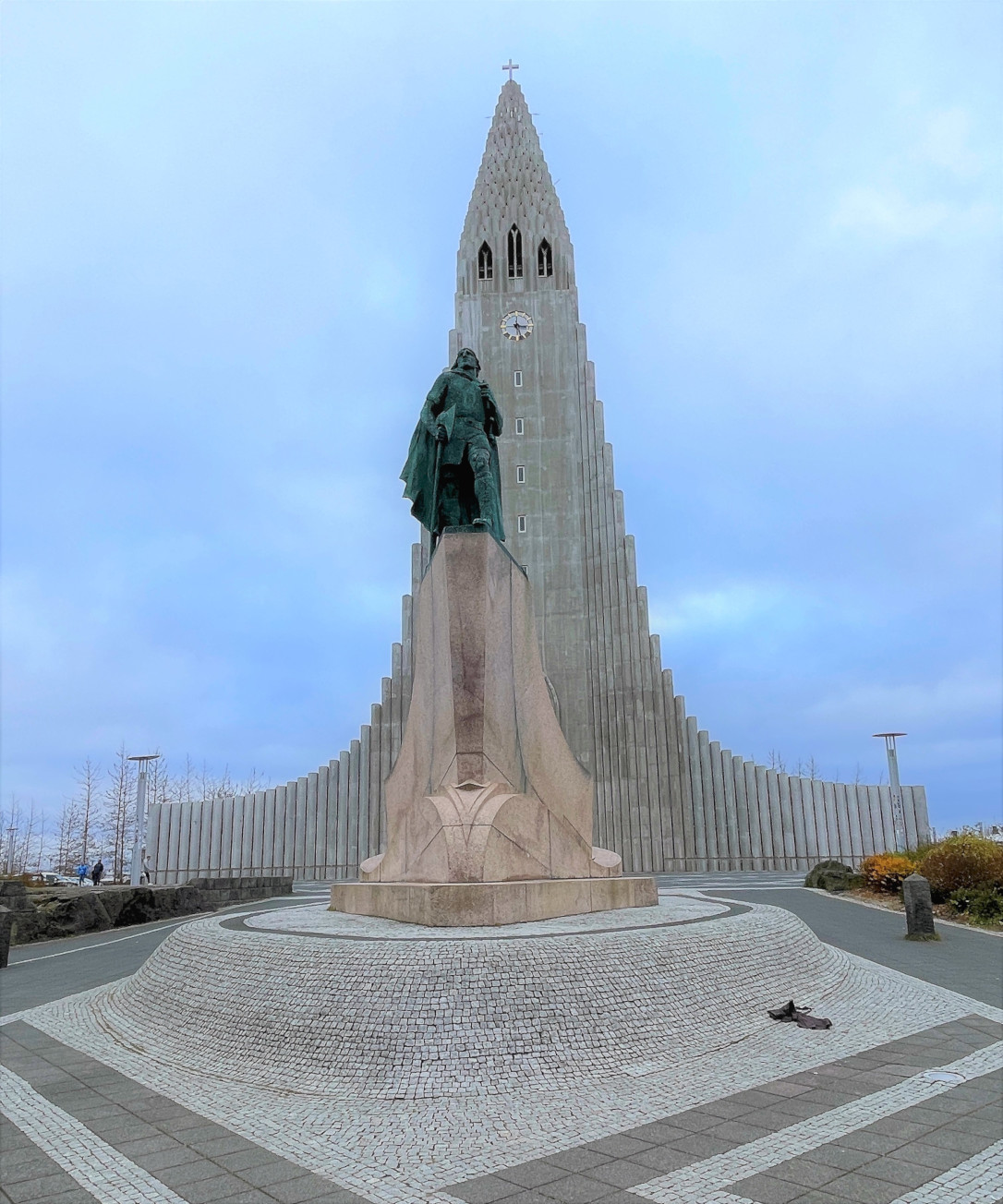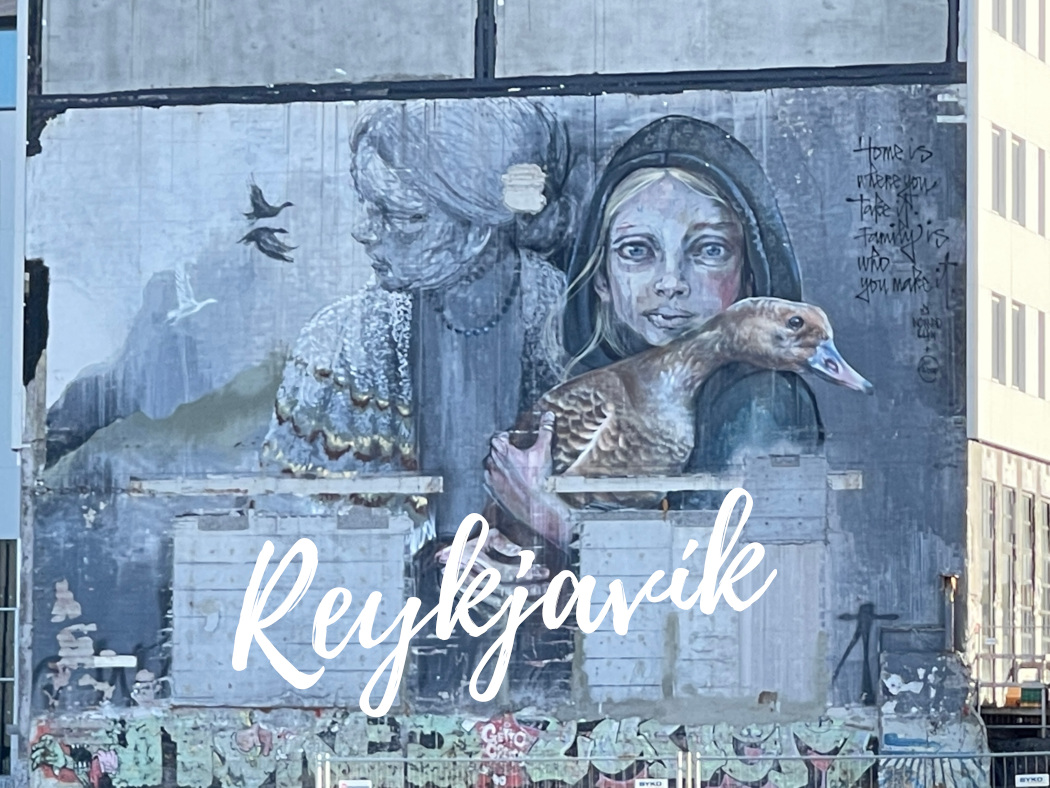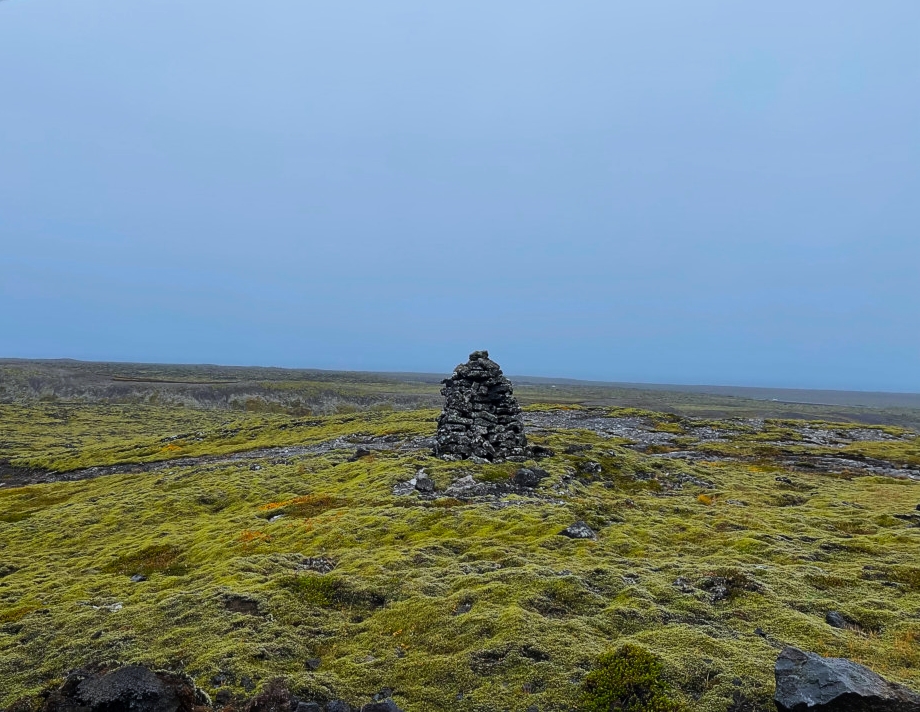 |
| Bergstaðastræti 3. Also the location of the guesthouse Apartment K. The street lies between Skólavörðustígur and Laugavegur, right around the corner from the jail. |
Bergstaðastræti 3 is one of the streets connecting Skólavörðustígur and Laugavegur. In 1904 a man by the name of Ásgrímur Magnússon (1873-1912) opened a school in his home. The school was called Ásgrímur Magnússon’s K12 School (Barna-og lýðsskóli Ásgríms Magnússonar). Ásgrímur was just shy of 40 years old when he passed away from stomach cancer. Not willing to let the children and their families down, his wife, Hólmfríður Þorláksdóttir (1874-1959) continued running the school.
 |
| Photo of Ísleifur in the Good Templar newspaper, Templari. During this time, Ísleifur, who had been a clairvoyant all his life, was getting his degree in teaching. When he graduated in the winter of 1915, Hólmfríður hired him to be the new school’s Dean. The following spring, 1916, Hólmfríður and Ísleifur were married. In addition to his responsibilities at the school, Ísleifur worked as the treasurer for Reykjavik’s Health Insurance (Sjúkrasamlag Reykjavíkur). His otherworldly abilities caught the eye of the the Icelandic Society for Psychical Research and soon he was asked to serve as a medium for them. As per my previous blogs, it should not come as a surprise that Ísleifur, a spiritist, did not touch alcohol and was a prominent member of the Good Templar society. |
 |
| Ísleifur and Hólmfríður. Source. Hólmfríður and her husband, Ísleifur Jónsson (1885-1948), ran the school until it shut down in 1931. Bergstaðastræti 3 was not just a school, but it was the couple’s home as well. During their years at this address, Ísleifur had multiple clairvoyant (psychical) experiences where he communicated with people after they had passed on. |
 |
| Bergstaðastræti 3 in 1912 |
That day, Ísleifur walked downtown and while there he happened to see Merkúr at the harbor. He decided to go down and see if anyone he knew was on board. He waited for the boat to dock and then watched as everyone walked off the ship. Once everyone was off, Ísleifur hadn’t seen anyone he knew, so he started walking homeward. While walking, he heard someone whisper in his ear: “The man could very well have been on the boat even though you didn’t see him earlier.”
Ísleifur introduced himself and asked the man if he had a place to go. The man answered that he didn’t and wasn’t sure he’d dare to go anywhere in fear of getting others sick.
Ísleifur wasn’t about to leave the man by himself and invited him back to his house. He wondered how he could possibly help the man. He tried to find him a room in guesthouses around town, but everything was either full or too expensive. Then Ísleifur heard another whisper saying “You have to get him to Landakot Hospital”. The only way to do this was to get hold of a doctor first. That wasn’t going to be easy since it was late in the day. Ísleifur decided to try to get hold of Dr. Ólafur Jónsson. Luckily, the doctor was willing to see him, so Ísleifur brought the man to him. The doctor took a look at the man and said he needed to rest for a few days and then he should be all better. This didn’t align with what the voice had told Ísleifur, so he insisted the man be admitted to Landakot hospital. After some discussion, the doctor agreed. After spending a couple of weeks in the hospital, the man was back to full health.
 |
| Landakot Hospital. Landakot Hospital is across the street from the Catholic Church. |
 |
| Reykjavik. Landakot Hospital and the Catholic Church seen towering over the other houses. |
This wasn’t Ísleifur’s only time helping people and their families in times of sickness.
As mentioned earlier, Ingibjörg had for a long time been fighting for survival. Not long after the incident with her brother, she succumbed to her illness. Her husband wanted Ísleifur’s wife, Hólmfríður, to be present during his wife’s casket ceremony. Her body was to be put in the casket at 4:00 p.m.
 |
| Bergstaðastræti 3, side view, seen right behind the chimney. |
At 3:30 p.m. Ísleifur walked into their bedroom. While in the bedroom he saw their dead friend, Ingibjörg. She had a very melancholy presence. She walked over to him and begged him to come sing. Then she disappeared. Ísleifur stood there not sure what to make of her message.
Around 6:00 p.m. Hólmfríður came home from the service. Ísleifur asked her which psalms were sung during the transfer of the body into the casket. In a sad and disappointing voice, she admitted that nobody sang, even though there were women present who were quite good singers. Then Ísleifur asked her if the transfer into the casket didn’t occur at 4:00 p.m. as planned. To this his wife said that there was a delay and they didn’t do it until about 4:30 p.m. This was the same time as Ingibjörg’s spirit appeared to Ísleifur begging him to come sing.
Ísleifur was quite beside himself about this. It was a custom to both sing and read prayers during the laying of the body into the casket. He knew this was why she had appeared to him. Ísleifur desperately wanted to go and do as she asked, but he knew that you can’t always do what you want, even when you know it’s the right thing to do.
 |
| Hólavalla Cemetery. |
A few days later, her body was to be buried. The weather was bad. There was a snowstorm and it was freezing cold.
Ísleifur didn’t know what to do about it. He couldn’t take his own clothes off to give to them. Shortly after, Ingibjörg came back and stressed it more bluntly, begging him to get a car and drive them home. Ísleifur couldn’t refuse her a second time, so he left to get the car and drove them home as quickly as he could. Ísleifur could feel Ingibjörg in the car with him. She was pleased and grateful.
In January 1925, a young man died at Landakot Hospital. Ísleifur was friends with his parents and they asked him to help prepare the body and send their darling boy back home to them. Ísleifur had never seen their son before he saw his dead body. He gathered the boy’s belongings and while he was doing so, he saw a photo of a woman. He figured it was his fiancee. (This was later confirmed correct).
 |
| Landakot. The hospital is in the center. The glass-covered balconies are for pulmonary patients. |
One night, a few months later in April, Ísleifur woke up to a strange presence in the room. He scanned the room and noticed a photo of the young man who had died that January. His picture appeared on a baking pan in the corner of the room. He then saw a photo of his fiancee, holding a child in her arms. About a minute later, the picture of the young man disappeared, followed by the picture of his fiancee.
 |
| Bergstaðastræti 3. Source |
Ísleifur was confused and wondered if maybe his fiancee was pregnant. He asked around, but no one seemed to know. The following summer, the fiancee came to Reykjavik and he was able to find out that around the same time he had the vision that night, the fiancee had been looking after her sister’s sick baby girl. The baby was born around the same time as her fiance died and was named after him.



